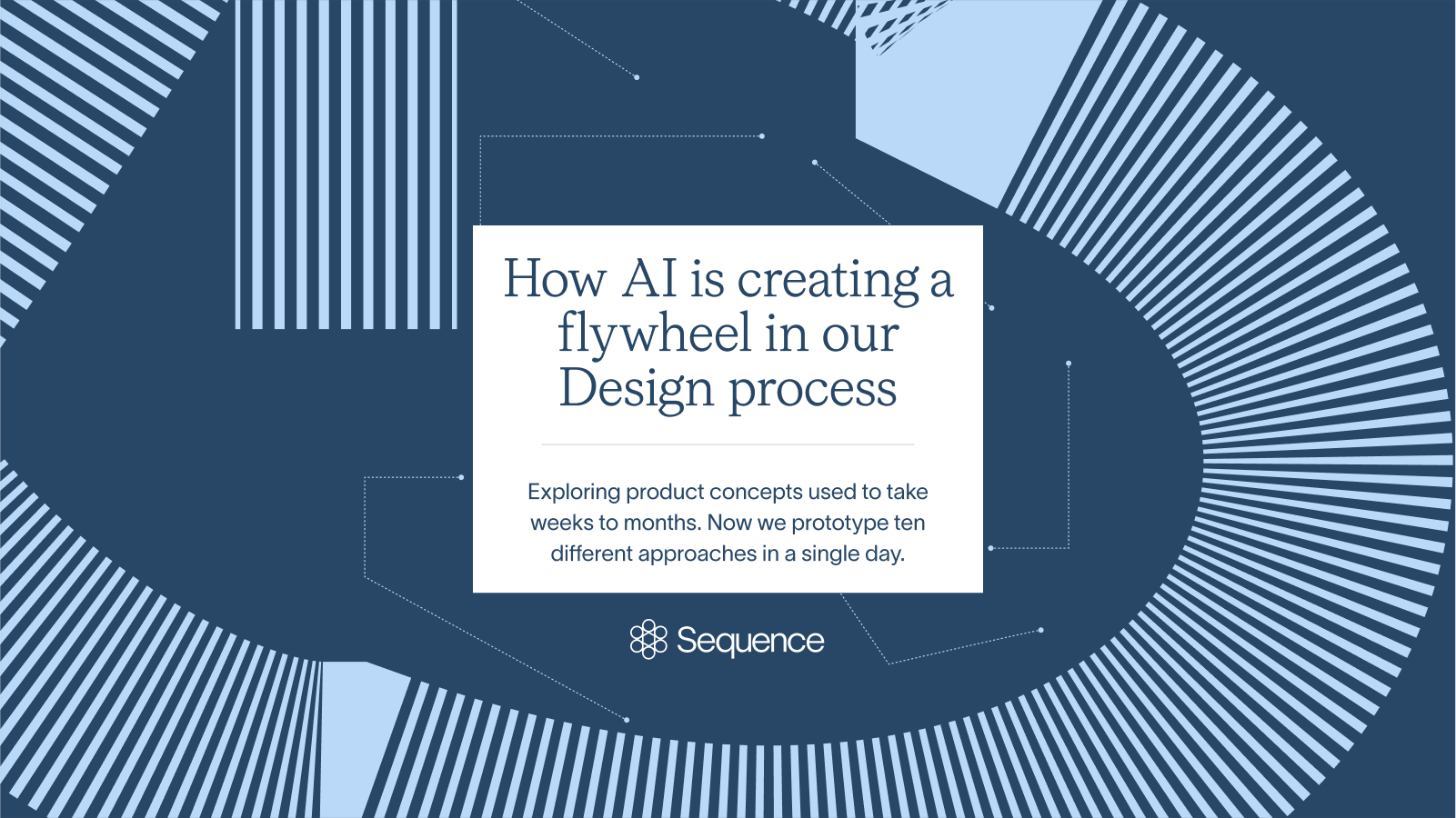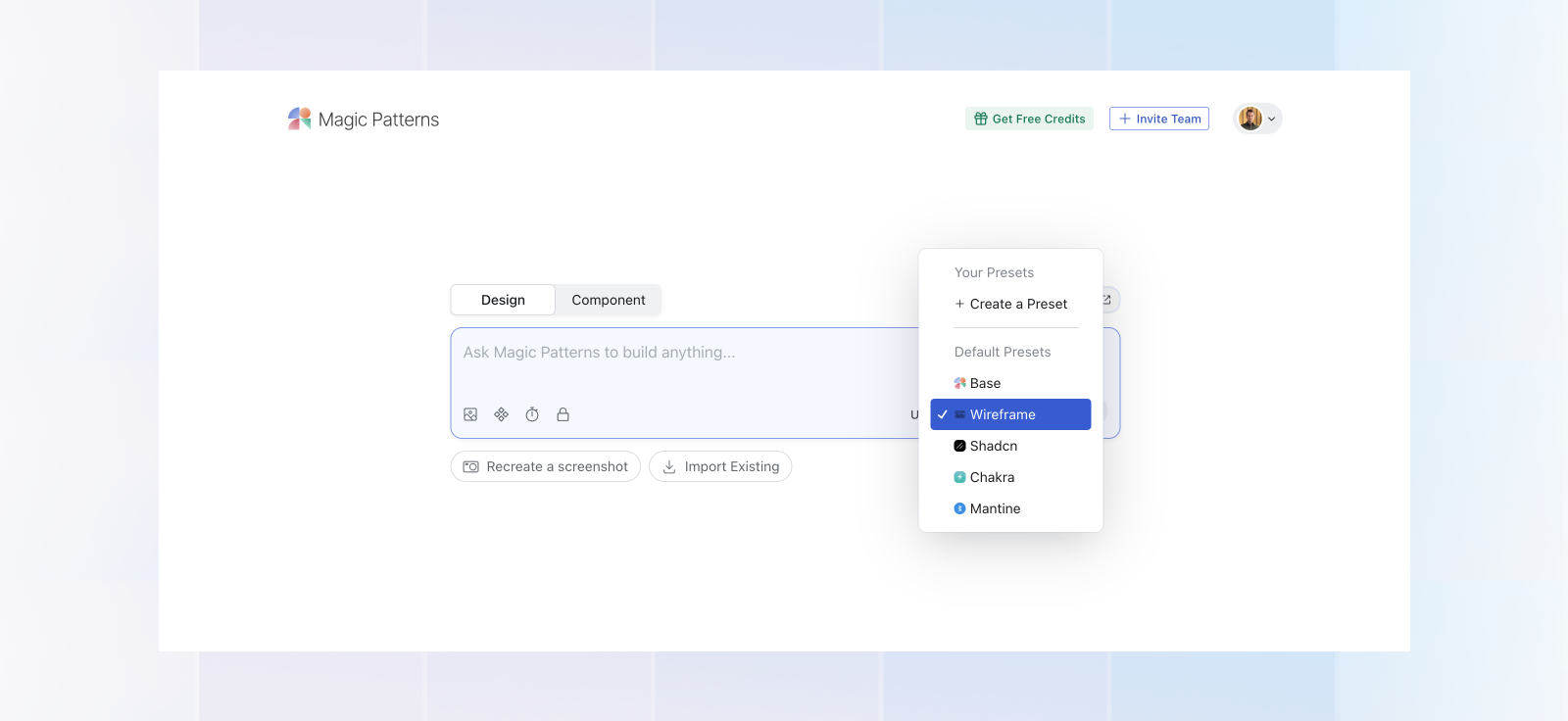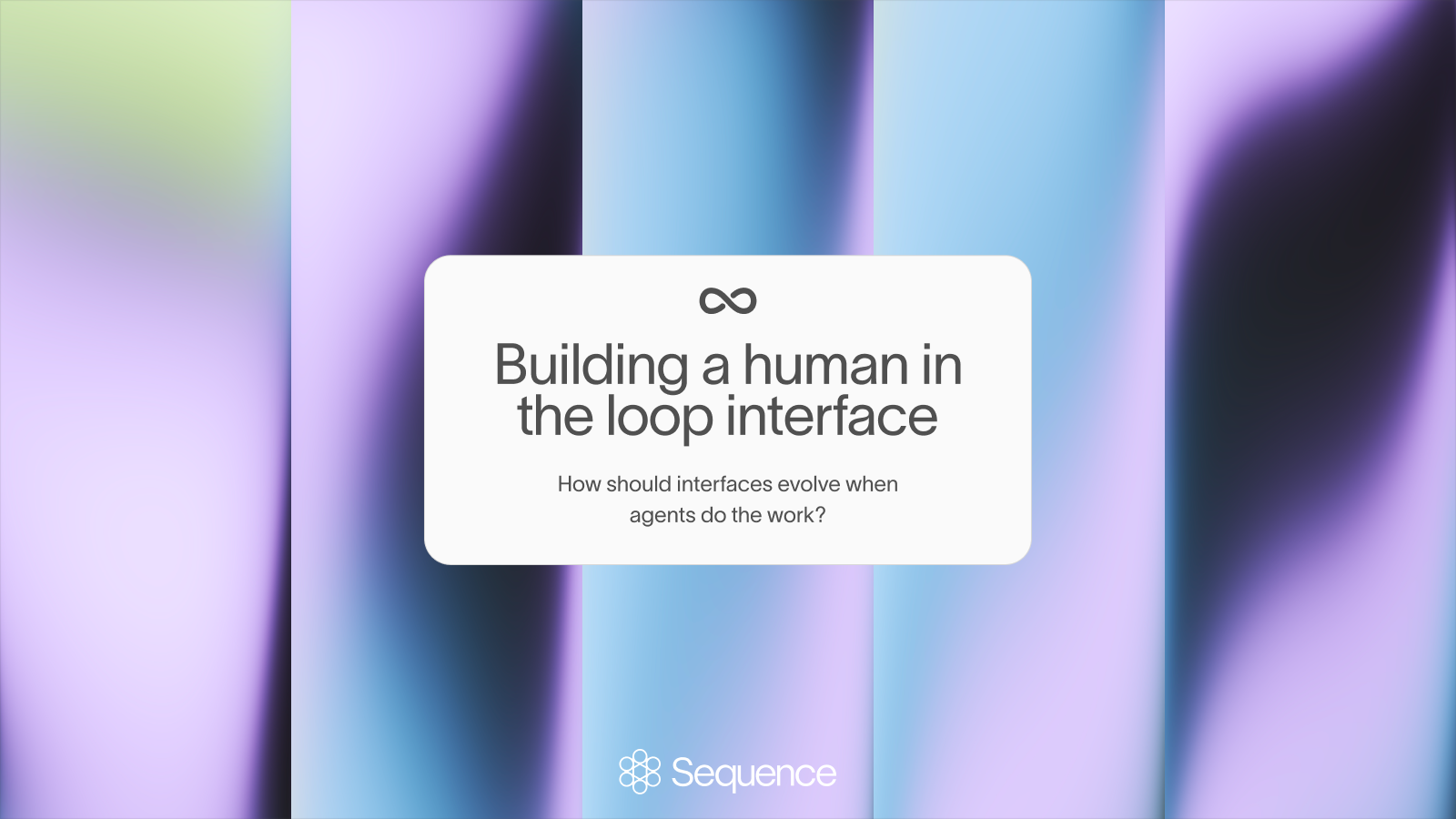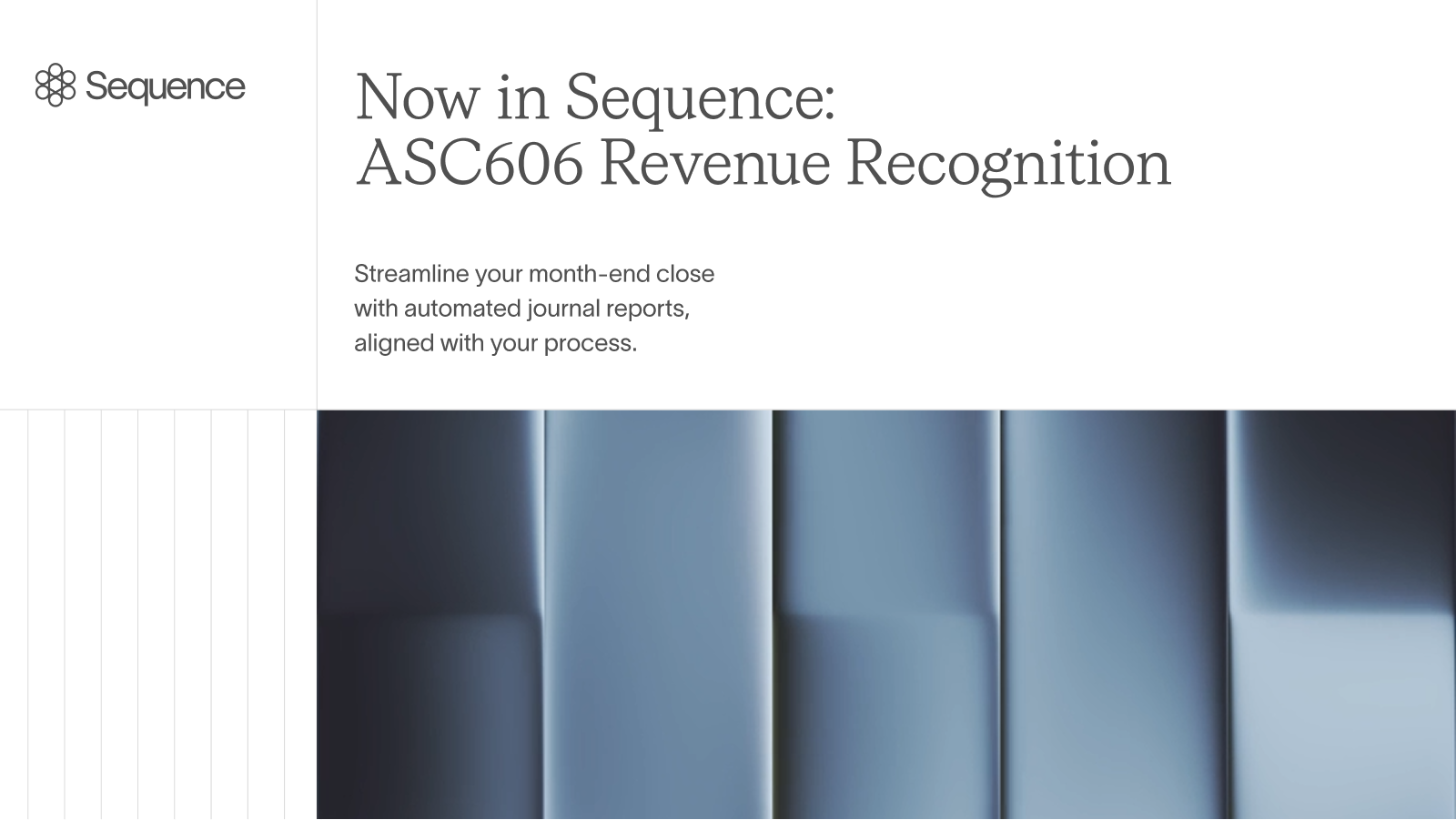Merlin Kafka
How AI is creating a flywheel for Design
Exploring product concepts used to take weeks to months. At Sequence, we now prototype ten different concepts in a single day. Using AI, we can now systematically explore a larger solution space than was previously economical.

With a four-person design team at Sequence, we've landed on a systematic approach to quickly explore a broad range of ideas. Below, we’re sharing our learnings and insights so you can try them in your own teams.
Previously: Time constraints
Up until now, testing and exploring ideas used to take time. In a fast-moving startup, this creates inherent trade-offs. You often don’t have the time to explore the entire solution space or test more risky concepts.
Most product teams end up:
- Choosing safer, more predictable features over experimental ones
- Debating concepts in Google Docs rather than building real prototypes
- Building the first reasonable idea instead of finding the best one
Our "Promptotyping" process
We’ve leveled up our design process to include a step we’ve started to call “Promptotyping” - starting with a carefully crafted prompt, then iterating through dozens of variations to discover the right mental model.
Here’s how it works:
Step 1: Write the experimental prompt
Instead of jumping into Figma, we start by writing a detailed prompt that captures:
- The core user problem we're solving.
- The mental model we want to test (as opposed to specific UI).
- Key interactions and user flows.
- Relevant domain context. Often a one-pager, PRD summary, or customer feedback to give the AI context about our product and the problem space we’re in.
This prompt becomes our experimental hypothesis.
Step 2: Generate 10+ variations
Using Claude Artifacts, ChatGPT, Lovable and Magic Patterns, we generate ten different prototypes using variations of the same original prompt.
We remix prompts by forcing the LLM to approach the problem from different perspectives (e.g. "redesign this as if you were Notion,"). The goal is to get creative and generate concepts beyond conventional thinking.
Each generation explores different solution paths we might have previously explored manually.
Step 3: Rapid evaluation and synthesis
Next, we assemble all prototypes on a canvas, highlighting what works and what doesn't. Then we synthesize the best elements into a new prompt and generate another round. This way, we can quickly form a mental model of what works and what doesn’t.

Step 4: Rapid customer feedback
Once we've converged on a promising direction, we can immediately share the working prototype with customers via a link
This way ideas can get tested quickly, and customer feedback influences the concept while it's still malleable.
Why low-fidelity prototypes work better
We intentionally keep our ‘promptotypes’ unbranded and visually rough. Generic fonts, basic colors, placeholder content. Magic Patterns even has a ‘Wireframe’ mode that forces prototypes to stay simple.

We’ve found that overly polished prototypes create an anchoring bias. It’s easy to fall in love with specific visual implementations rather than focusing on whether the underlying concept actually solves the user's problem.
The goal is to answer "does this solve my problem?" rather than "how does this look?".
What we learned about mental models
Most products or features that don’t end up solving the customer’s problem are mental model failures. In other words, the product model doesn’t fit the user and domain model in the real world. Users reject features not because they're poorly designed, but because the underlying mental model doesn't match how they think about the problem.
By rapidly prototyping a large variety of concepts, we can build a stronger intuition for what model is the best fit for a given problem we’re solving.
What we want to try next
Our prototyping lab is still evolving. Here are some experiments we're planning:
Multi-concept testing: Instead of sharing one prototype at a time, we want to create single links that let customers try multiple approaches to the same problem. This would let us test comparative preference rather than just individual concept validation.
Embedded feedback loops: We're exploring ways to let customers drop feedback directly into prototypes. Comments on specific elements, quick polls, or reaction buttons. This would eliminate the friction between "trying the prototype" and "giving feedback."
Merlin Kafka
Related articles

Building a human in the loop interface
We're starting to see the early signs of a new operating model for software. One where agents anticipate what operators need and complete multi-step workflows autonomously. Instead of humans operating software, humans oversee agents operating the software.
Merlin Kafka

Launching Sequence Revenue Recognition
Complex accounting, made simple. Streamline your month-end close with automated journal reports, aligned with your process. ASC 606 and IFRS 15 compliant.
Merlin Kafka

Announcing HubSpot CPQ
Today we're launching HubSpot CPQ, a deeply embedded sync between Sequence and HubSpot deal / customer objects to solve a fundamental problem for revenue teams: keeping HubSpot as the source of truth for pricing while using Sequence for quote to cash. Sales teams want to prepare quotes in Sequence while maintaining all deal context and pricing visibility in HubSpot. Without proper synchronization between your CRM and CPQ module, pricing data lives in silos, deal records become incomplete which then upset pipeline management and deal forecasting for sales, automations and renewal opportunities for CS, and reporting workflows for RevOps and Finance.
Riya Grover